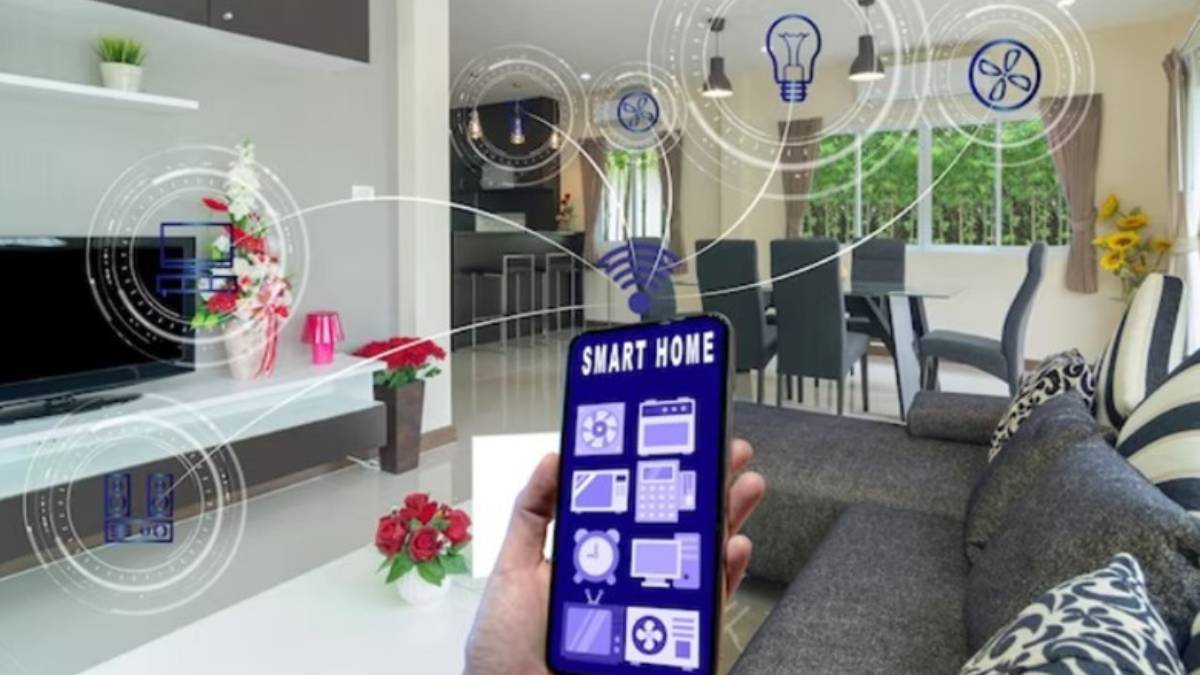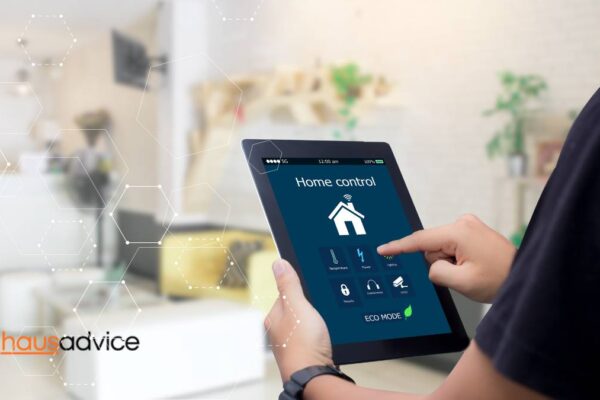As an increasing number of our residences become connected to the Internet of Things (IoT), remotely controlling objects can prove both advantageous and challenging. The pervasiveness of these devices has fundamentally transformed how we inhabit our residences. There are webcams, digital locks, and linked thermostats among these devices. Nevertheless, this interconnectivity complicates efforts to thwart intruders and protect our information. This article examines the risks, optimal procedures, and safeguards associated with maintaining the security of a smart household. In addition, comprehensive IoT security for devices connected to your home network is addressed.
Understanding the Risks of IoT Devices
The potential of IoT devices to improve efficiency and convenience in our lives makes them so appealing. However, vulnerability is sometimes sacrificed in the name of convenience. These gadgets gather and send data across the internet, opening up possible access ports for hackers. Weak security measures, default passwords, and inadequate encryption are common pitfalls, making IoT devices susceptible to various threats, including:
1. Privacy Breaches
- Unauthorized access to personal data stored on devices or in the cloud.
- Data leaks through insecure communication channels.
2. Botnet Attacks
- Devices are being hijacked to form botnets for large-scale cyberattacks.
- Attacks known as Distributed Denial of Service (DDoS) come from hacked Internet of Things devices.
3. Physical Safety Concerns
- Smart home systems’ manipulation leads to physical threats such as unlocking doors or turning off security cameras.
Key Security Measures for Connected Home Devices
Critical security measures for connected home devices encompass strong passwords, regular updates, and network segmentation. Implementing unique, complex passwords and frequently updating device firmware helps thwart potential vulnerabilities. Network segmentation, achieved through separate networks for IoT devices, adds an extra layer of protection. Encryption protocols and authentication methods ensure secure data transmission and access control. These measures collectively fortify the defense against privacy breaches, botnet attacks, and physical threats, enhancing the overall security posture of connected home ecosystems.
Also Read: 18 Home Automation Security Tips for Your Smart Home
1. Strong Passwords and Regular Updates
- Change default passwords to unique, complex ones.
- Routinely update device firmware to patch vulnerabilities.
2. Network Segmentation and Firewalls
- Create a separate network for IoT devices to isolate them from personal computers or sensitive data.
- Employ firewalls to monitor and control traffic to and from these devices.
3. Encryption and Authentication
- Incorporate encryption protocols such as SSL/TLS to ensure the security of data exchange.
- Incorporate two-factor authentication into the system to increase security.
Best Practices for Securing Your Smart Home
Securing your smart home involves several best practices to safeguard your devices and data. Implement robust, unique passwords for each device and regularly update firmware to patch vulnerabilities. Segment your network and employ firewalls to isolate IoT devices from sensitive data. Regularly conduct security audits, turn off unused features, and stay informed about the latest threats and patches. Educate yourself and your family on safe IoT practices. These practices create layers of defense, fortifying your smart home against potential cyber threats and ensuring a safer, more secure environment for your connected devices.
1. Conduct Regular Security Audits
- Perform vulnerability assessments to identify weak points in your network.
- Keep an inventory of connected devices and their security status.
2. Disable Unused Features
- Disable unnecessary functionalities that may serve as entry points for attackers.
- Turn off remote access if not required regularly.
3. Stay Informed and Educated
- Stay updated on the latest security threats and patches released by device manufacturers.
- Educate yourself and your family members about safe IoT practices.
The Role of Service Providers in IoT Security
Many internet service providers (ISPs) offer comprehensive solutions to enhance household IoT security. They often provide advanced routers, security software, and guidelines for securing smart home devices. For instance, optimizing your home network with an optimum wifi plan from your ISP could include robust security features, such as:
- Network Monitoring: Continuous monitoring of network traffic for suspicious activities.
- Security Software: Bundled antivirus and firewall software to protect against cyber threats.
- Technical Support: Access to technical assistance for setting up secure networks and troubleshooting.
Future Trends and Challenges in IoT Security
The exponential growth of the connected device population will inevitably transform the security landscape of the Internet of Things. To strengthen the security of the Internet of Things (IoT), emerging technologies such as Machine Learning (ML) and Artificial Intelligence (AI) will be indispensable in facilitating proactive threat detection and response. Nevertheless, persistent obstacles include challenges related to interoperability, the absence of standardized security protocols, and the swift rate at which innovations occur.
10 Essential Tips for Securing Your Smart Home Devices
Indeed, here are ten tips for securing your smart home:
- Unique Passwords: Use strong, unique passwords for each smart device to prevent easy access by hackers. Change default passwords immediately upon installation.
- Regular Updates: Keep all smart devices’ firmware updated to patch vulnerabilities and enhance security features.
- Network Segmentation: Create separate networks for IoT devices and personal computers to prevent potential access to sensitive data.
- Firewall Protection: Employ firewalls on your network to monitor and control traffic, adding an extra layer of security.
- Encryption: Enable encryption protocols like SSL/TLS to secure data transmission between devices and networks.
- Disable Unused Features: Turn off unnecessary functionalities on devices to reduce potential entry points for attackers.
- Security Audits: Regularly conduct security audits and vulnerability assessments to identify weak points in your network.
- Stay Informed: Maintain awareness of the most recent security threats and patches that device manufacturers release.
- Two-Factor Authentication: Incorporate two-factor authentication into the system to enhance security measures.
- Educate Users: Educate family members or anyone using smart devices in your home about safe IoT practices to minimize risks.
Conclusion
The convenience and innovation brought by IoT devices in our homes are undeniable. However, ensuring the security of these interconnected devices is paramount to safeguarding our privacy and protecting against cyber threats. By adopting robust security practices, staying informed about potential risks, and leveraging the support provided by ISPs and device manufacturers, we can create a safer environment within our connected homes. Embracing the optimum wifi plan or similar security-focused offerings from ISPs can significantly fortify our defenses and contribute to a more secure IoT ecosystem for all.

